Home>Gardening & Outdoor>Pool & Spa Care>How Much Energy Does A Hot Tub Use
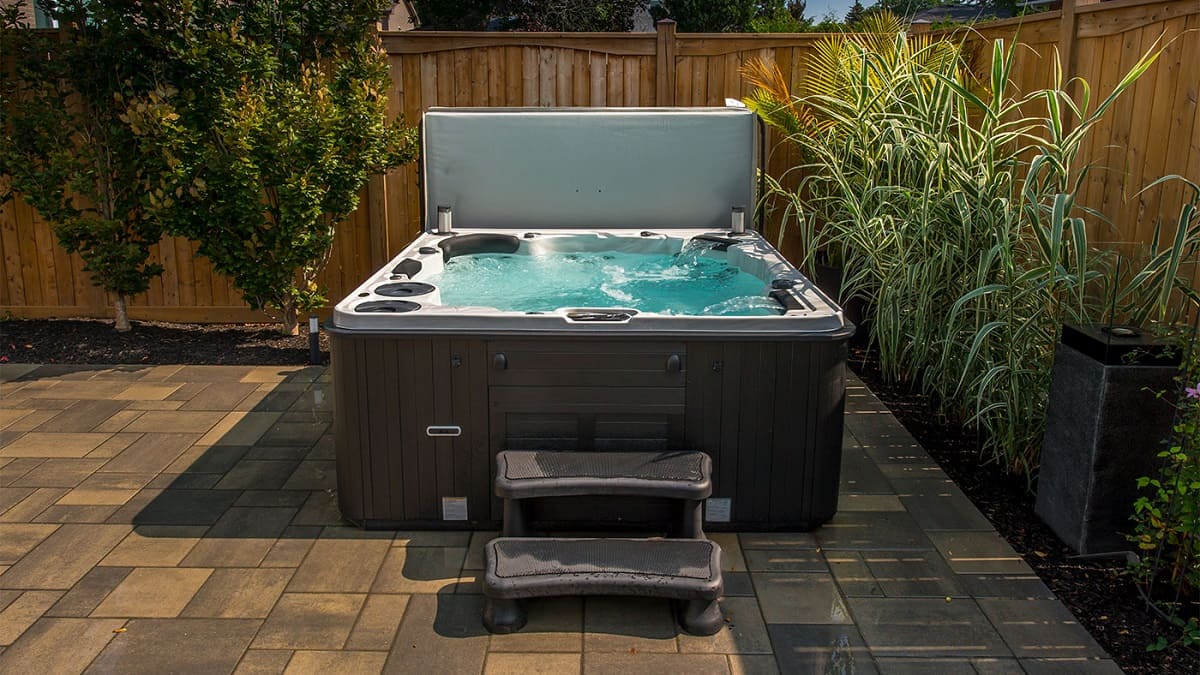

Pool & Spa Care
How Much Energy Does A Hot Tub Use
Published: December 28, 2023
Learn about the energy consumption of hot tubs and how to optimize efficiency with our expert pool and spa care tips. Save energy and money!
(Many of the links in this article redirect to a specific reviewed product. Your purchase of these products through affiliate links helps to generate commission for Storables.com, at no extra cost. Learn more)
Introduction
Welcome to the world of luxurious relaxation and therapeutic rejuvenation – the realm of hot tubs! Whether you’ve recently become a proud hot tub owner or you’re contemplating the idea of adding one to your home, understanding the energy consumption of these blissful retreats is crucial. Hot tubs offer a myriad of benefits, from reducing stress and promoting better sleep to soothing sore muscles and improving overall well-being. However, they also consume energy, and it’s important to comprehend just how much energy they use and how to optimize their efficiency.
In this article, we’ll delve into the fascinating realm of hot tub energy consumption. We’ll explore the factors that influence energy usage, delve into the calculations involved, and provide valuable tips for reducing energy consumption without compromising your enjoyment. By the end, you’ll be equipped with the knowledge to make informed decisions about your hot tub’s energy usage and efficiency.
Key Takeaways:
- Hot tub energy consumption is influenced by insulation, cover quality, climate, heating system efficiency, and usage frequency. Understanding these factors helps optimize energy efficiency and minimize operational costs.
- Calculating and managing hot tub energy usage empowers owners to make informed decisions about equipment upgrades, maintenance, and usage patterns. Implementing energy-saving tips reduces energy consumption and contributes to environmental sustainability.
Understanding Hot Tub Energy Consumption
Hot tubs are designed to maintain a constant temperature, typically between 100°F and 104°F, regardless of the weather conditions. This requires a consistent supply of energy to power the heating element and maintain the desired warmth. The energy consumption of a hot tub is primarily attributed to heating the water, powering the jets and pumps, and maintaining the overall functionality of the system.
The heating element in a hot tub is responsible for warming the water to the desired temperature and keeping it constant. This process demands a significant amount of energy, especially during colder months or in regions with harsh climates. Additionally, the jets and pumps, which create the soothing hydrotherapy experience, also contribute to the overall energy consumption of the hot tub.
Furthermore, the energy usage of a hot tub is not limited to its operational functions. Factors such as insulation, cover quality, and the efficiency of the heating system play pivotal roles in determining the overall energy consumption. A well-insulated hot tub with a high-quality cover can significantly reduce heat loss, thereby minimizing the energy required to maintain the water temperature.
Understanding the energy consumption of a hot tub is essential for managing its operational costs and environmental impact. By gaining insight into the various elements that contribute to energy usage, hot tub owners can make informed decisions to optimize efficiency and minimize energy waste.
Factors Affecting Hot Tub Energy Use
Several factors influence the energy consumption of a hot tub, ranging from its design and construction to environmental conditions and maintenance practices. Understanding these factors is crucial for effectively managing and optimizing the energy efficiency of your hot tub.
- Insulation: The level of insulation in a hot tub greatly impacts its energy consumption. Well-insulated hot tubs are more efficient at retaining heat, reducing the energy required to maintain the desired water temperature. High-quality insulation materials and a well-fitted cover are essential for minimizing heat loss.
- Cover Quality: The quality and condition of the hot tub cover play a significant role in energy conservation. A properly fitting, well-insulated cover helps prevent heat loss, reducing the frequency of heating cycles and overall energy consumption.
- Climate: Environmental factors, such as ambient temperature and humidity, can affect the energy use of a hot tub. In colder climates, hot tubs require more energy to maintain the desired temperature, while higher humidity levels can impact heat retention and evaporation rates.
- Heating System Efficiency: The efficiency of the hot tub’s heating system directly influences its energy consumption. Modern, energy-efficient heating elements and systems can significantly reduce the amount of energy required to heat the water, contributing to overall energy savings.
- Frequency of Use: The frequency and duration of hot tub usage also impact energy consumption. Regular, prolonged use will necessitate more frequent heating cycles, leading to higher energy usage. Implementing a usage schedule and optimizing heating times can help manage energy consumption.
By considering these factors and implementing energy-saving strategies, hot tub owners can effectively manage their energy use while maximizing the enjoyment and benefits of their hot tub experience. In the next section, we’ll explore how to calculate hot tub energy usage to gain a clearer understanding of its operational costs and environmental impact.
Consider investing in a well-insulated hot tub cover to reduce heat loss and energy usage. Keeping the cover on when the hot tub is not in use can help save energy and lower your electricity bill.
Calculating Hot Tub Energy Usage
Calculating the energy usage of a hot tub involves understanding the power requirements of its various components and the duration of their operation. The primary factor in energy consumption is the heating element, which is responsible for maintaining the water temperature. The power rating of the heating element, typically measured in kilowatts (kW), along with the duration of its operation, determines the energy consumption for heating the water.
To calculate the energy usage for heating the hot tub, the following formula can be used:
Energy Usage (kWh) = Power Rating of Heating Element (kW) x Hours of Operation
For example, if a hot tub has a heating element with a power rating of 3 kW and operates for 3 hours, the energy usage for heating the water would be 9 kWh (3 kW x 3 hours).
In addition to the heating element, the energy consumption of the jets, pumps, and other operational components should be considered. While these components typically have lower power requirements compared to the heating element, their cumulative energy usage over time contributes to the overall operational costs of the hot tub.
Once the energy usage for heating and operational components is determined, hot tub owners can calculate their monthly and annual energy costs based on their local utility rates. This provides valuable insight into the ongoing operational expenses of the hot tub and enables informed decision-making regarding energy efficiency measures and usage patterns.
Understanding the energy usage of a hot tub empowers owners to make informed choices about energy conservation, cost management, and environmental sustainability. In the following section, we’ll explore practical tips for reducing hot tub energy consumption without compromising the comfort and enjoyment it provides.
Tips for Reducing Hot Tub Energy Consumption
Efficiently managing the energy consumption of a hot tub not only reduces operational costs but also contributes to environmental sustainability. By implementing the following tips, hot tub owners can optimize energy efficiency without sacrificing the comfort and therapeutic benefits of their beloved relaxation oasis.
- Upgrade to Energy-Efficient Equipment: Consider upgrading to energy-efficient heating elements, pumps, and circulation systems. Modern, energy-saving equipment can significantly reduce energy consumption without compromising performance.
- Optimize Heating Settings: Adjust the hot tub’s heating settings to maintain a comfortable temperature while minimizing energy usage. Lowering the temperature by a few degrees can lead to noticeable energy savings over time.
- Invest in a High-Quality Cover: A well-insulated, properly fitting cover is essential for minimizing heat loss and reducing the frequency of heating cycles. Investing in a high-quality cover can lead to substantial energy savings.
- Implement a Usage Schedule: Establish a usage schedule to regulate the frequency and duration of hot tub sessions. This helps minimize unnecessary heating cycles and optimizes energy consumption based on actual usage patterns.
- Conduct Regular Maintenance: Keep the hot tub well-maintained to ensure optimal performance and energy efficiency. This includes checking for and repairing any leaks, maintaining clean filters, and ensuring the proper functioning of all components.
- Maximize Insulation: Enhance the insulation around the hot tub, including the cabinet, plumbing, and cover, to minimize heat loss and improve energy efficiency. Proper insulation helps retain heat, reducing the workload on the heating system.
- Consider Off-Peak Heating: Take advantage of off-peak electricity rates by programming the hot tub to heat during off-peak hours. This can lead to cost savings and reduced strain on the electrical grid.
By incorporating these energy-saving strategies, hot tub owners can effectively reduce energy consumption, lower operational costs, and minimize their environmental footprint. These measures not only benefit the owner but also contribute to sustainable energy usage and conservation.
Conclusion
Hot tubs offer a sanctuary of relaxation, rejuvenation, and wellness, but it’s essential to understand and manage their energy consumption for sustainable and cost-effective enjoyment. By comprehending the factors influencing energy use, calculating energy usage, and implementing energy-saving tips, hot tub owners can optimize efficiency without compromising the therapeutic benefits of their aquatic retreat.
Understanding the energy consumption of a hot tub empowers owners to make informed decisions about equipment upgrades, maintenance practices, and usage patterns. By investing in energy-efficient components, maintaining the hot tub diligently, and optimizing heating settings, owners can achieve substantial energy savings while preserving the comfort and allure of their hot tub oasis.
Furthermore, the environmental impact of hot tub energy consumption should not be overlooked. By minimizing energy usage and maximizing efficiency, hot tub owners can contribute to sustainable energy practices and environmental conservation. Through conscious energy management, hot tubs can continue to provide relaxation and therapeutic benefits while minimizing their carbon footprint.
In conclusion, the journey to understanding and managing hot tub energy consumption is a rewarding endeavor that harmonizes the indulgence of a hot tub retreat with responsible energy usage. By embracing energy-saving strategies and mindful consumption, hot tub owners can relish in the blissful escape of their aquatic haven while promoting sustainability and cost-effective operation.
So, as you immerse yourself in the soothing embrace of your hot tub, remember that with a thoughtful approach to energy consumption, you can bask in relaxation while nurturing a greener, more efficient oasis.
Frequently Asked Questions about How Much Energy Does A Hot Tub Use
Was this page helpful?
At Storables.com, we guarantee accurate and reliable information. Our content, validated by Expert Board Contributors, is crafted following stringent Editorial Policies. We're committed to providing you with well-researched, expert-backed insights for all your informational needs.
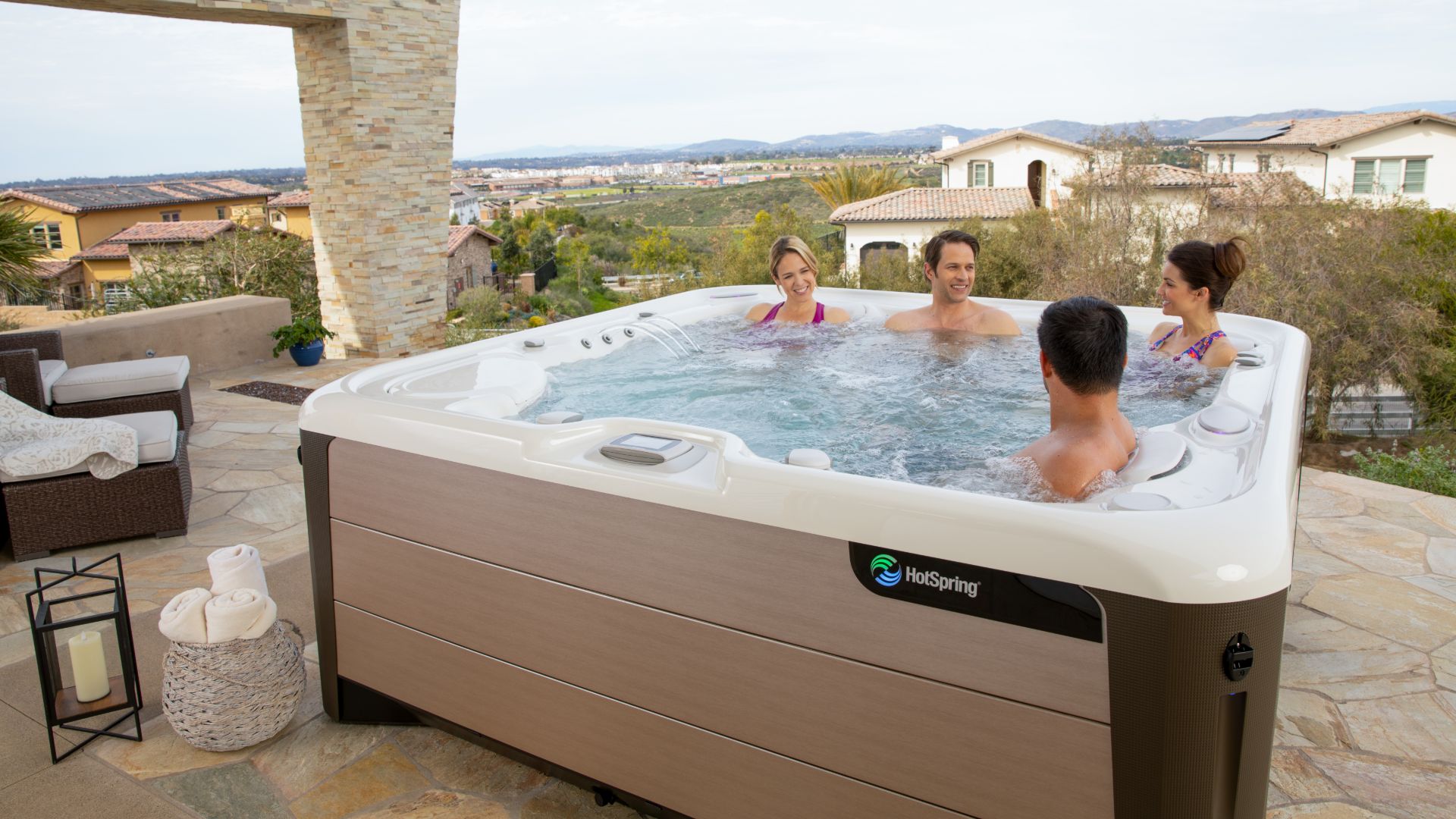
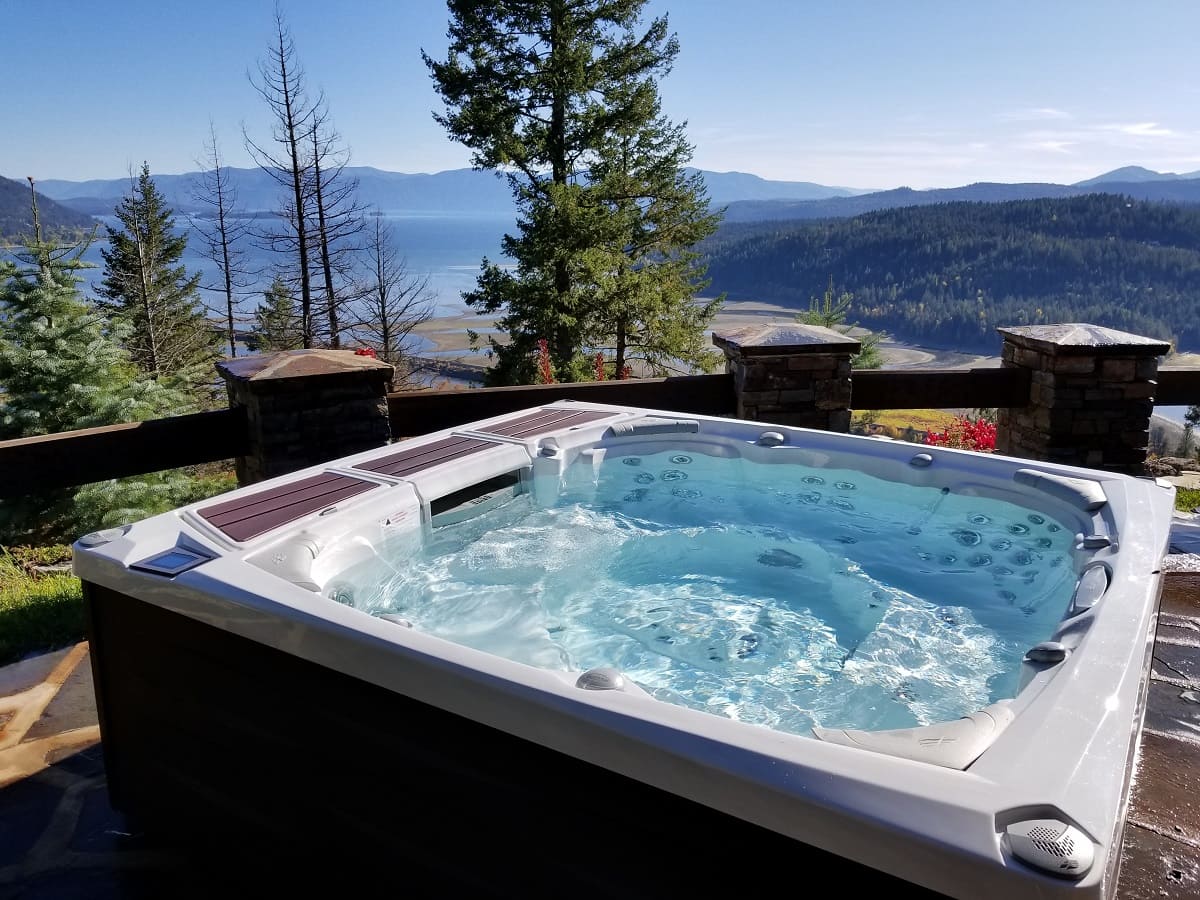
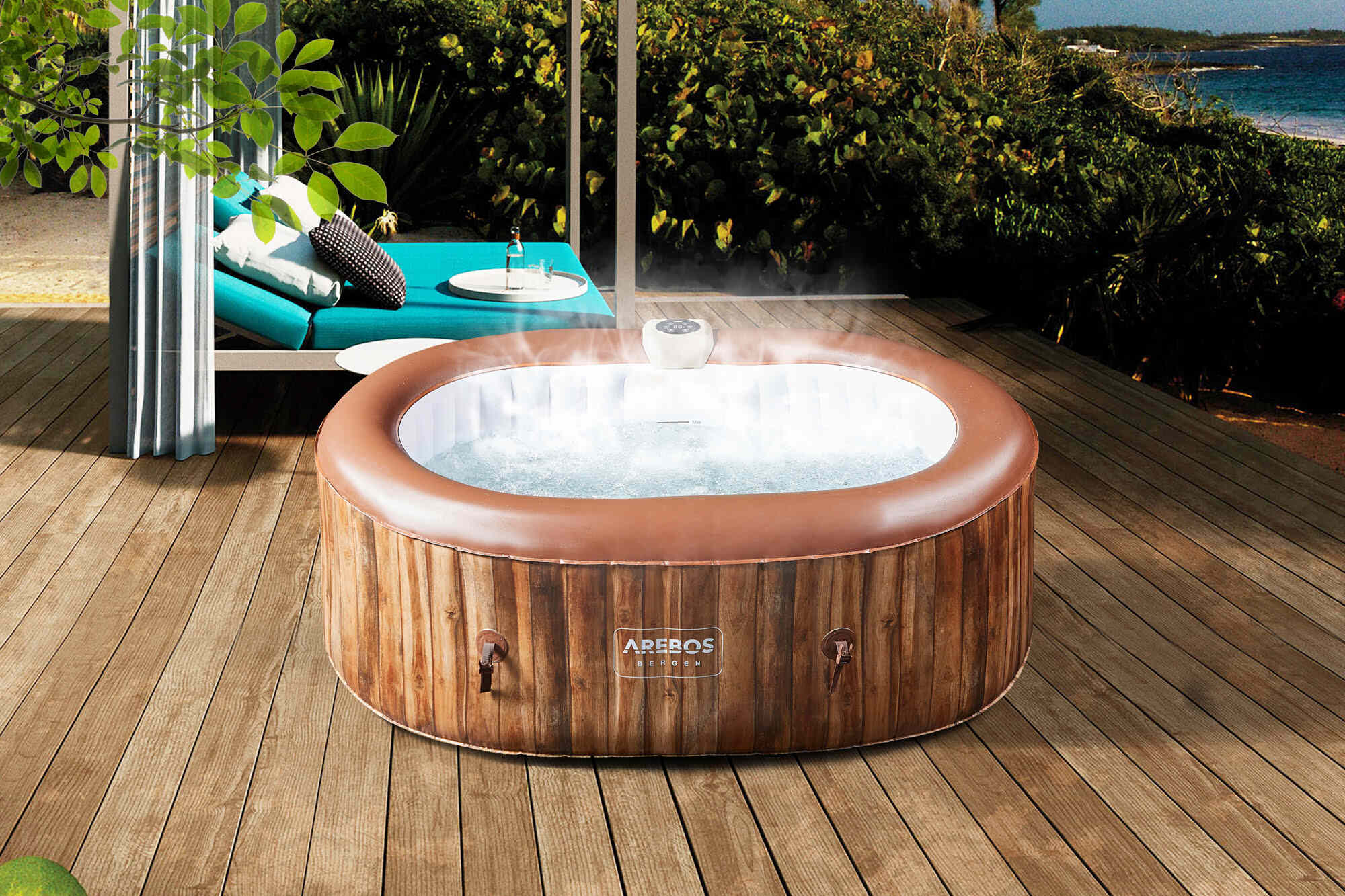
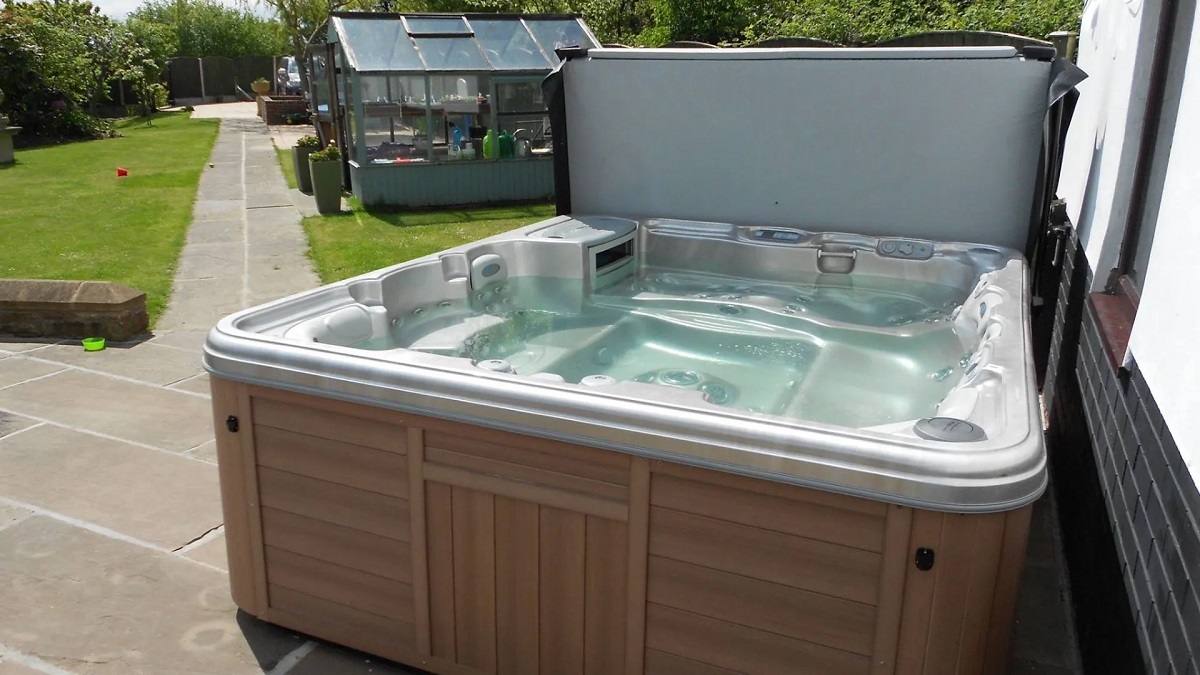
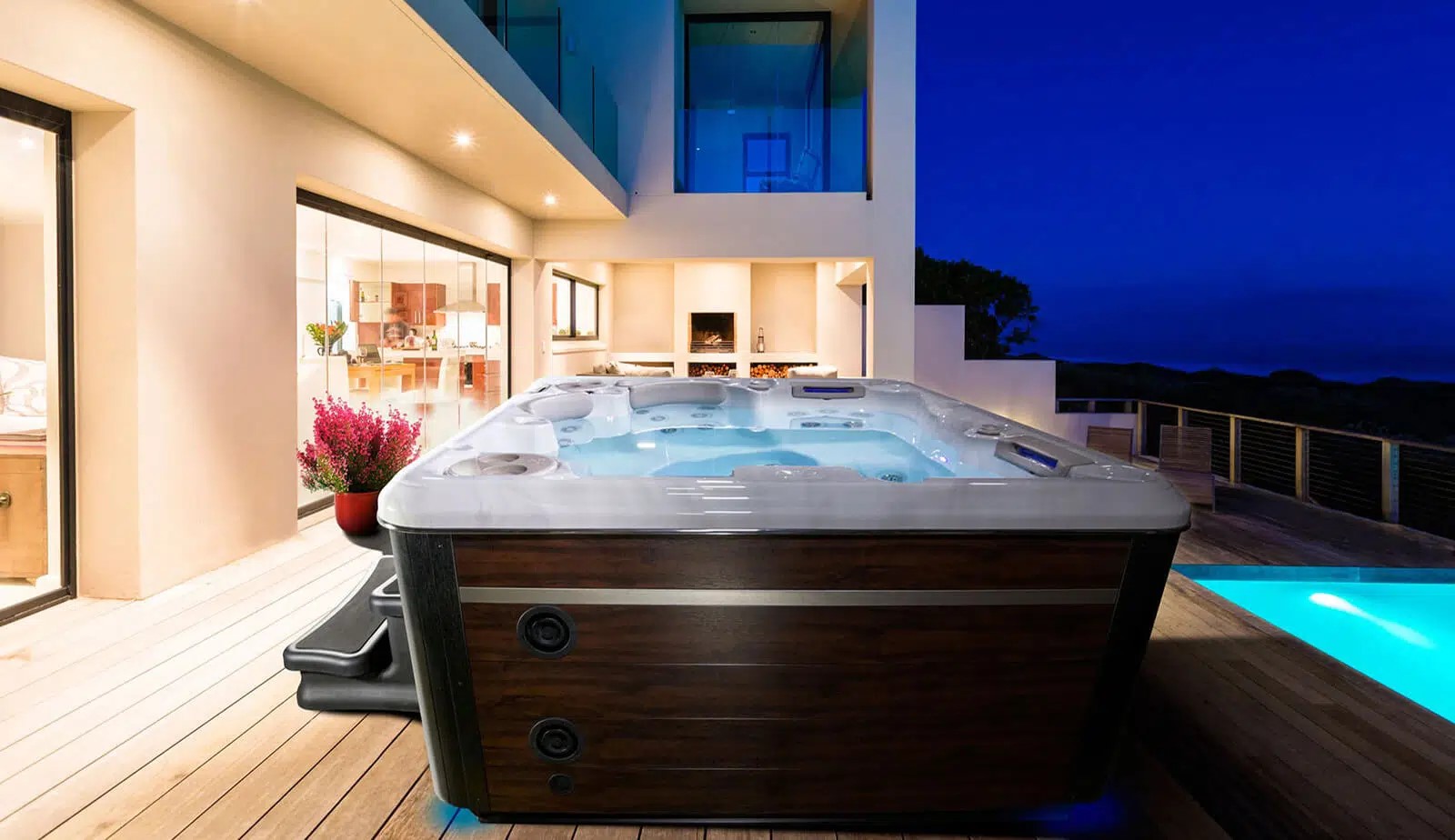
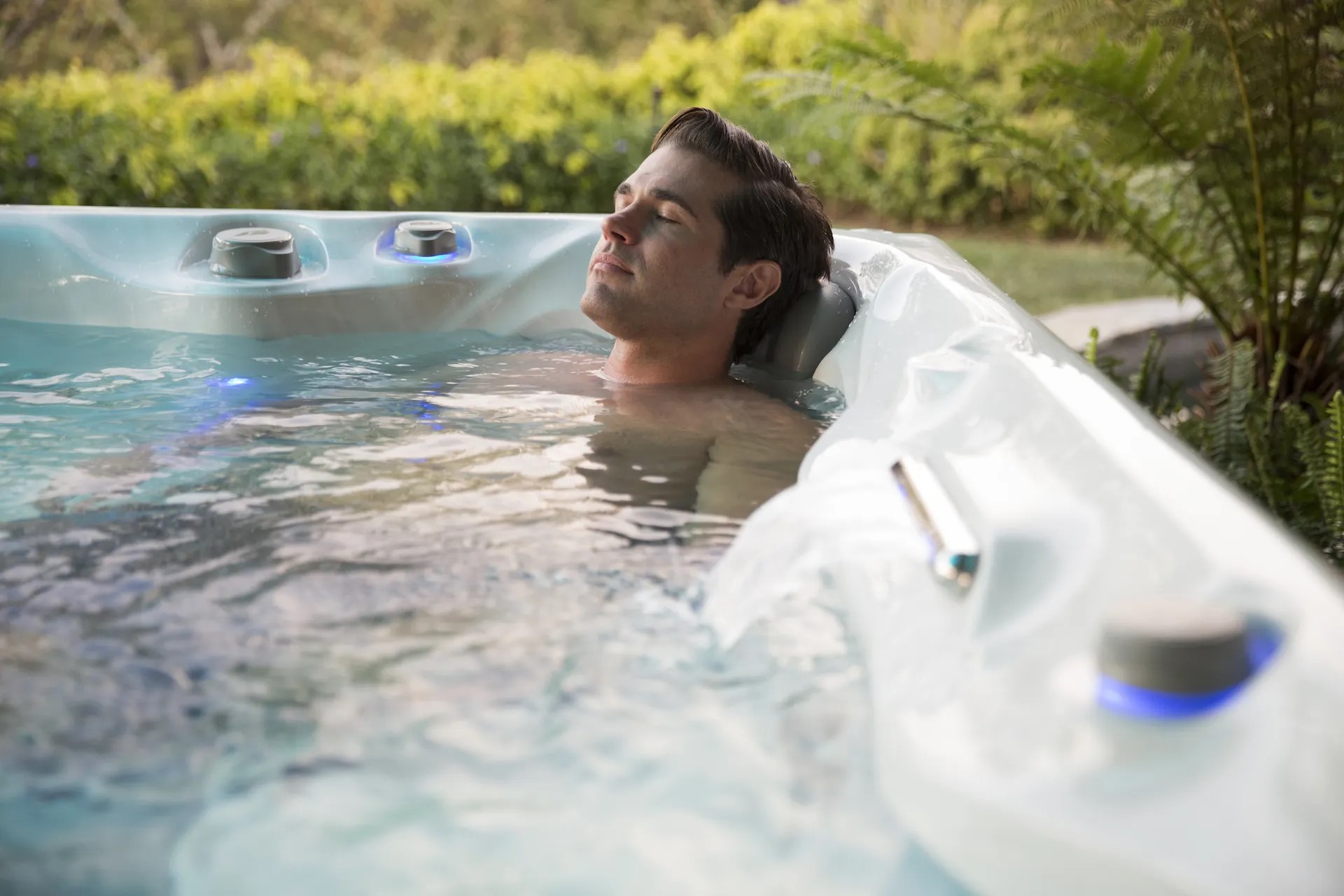
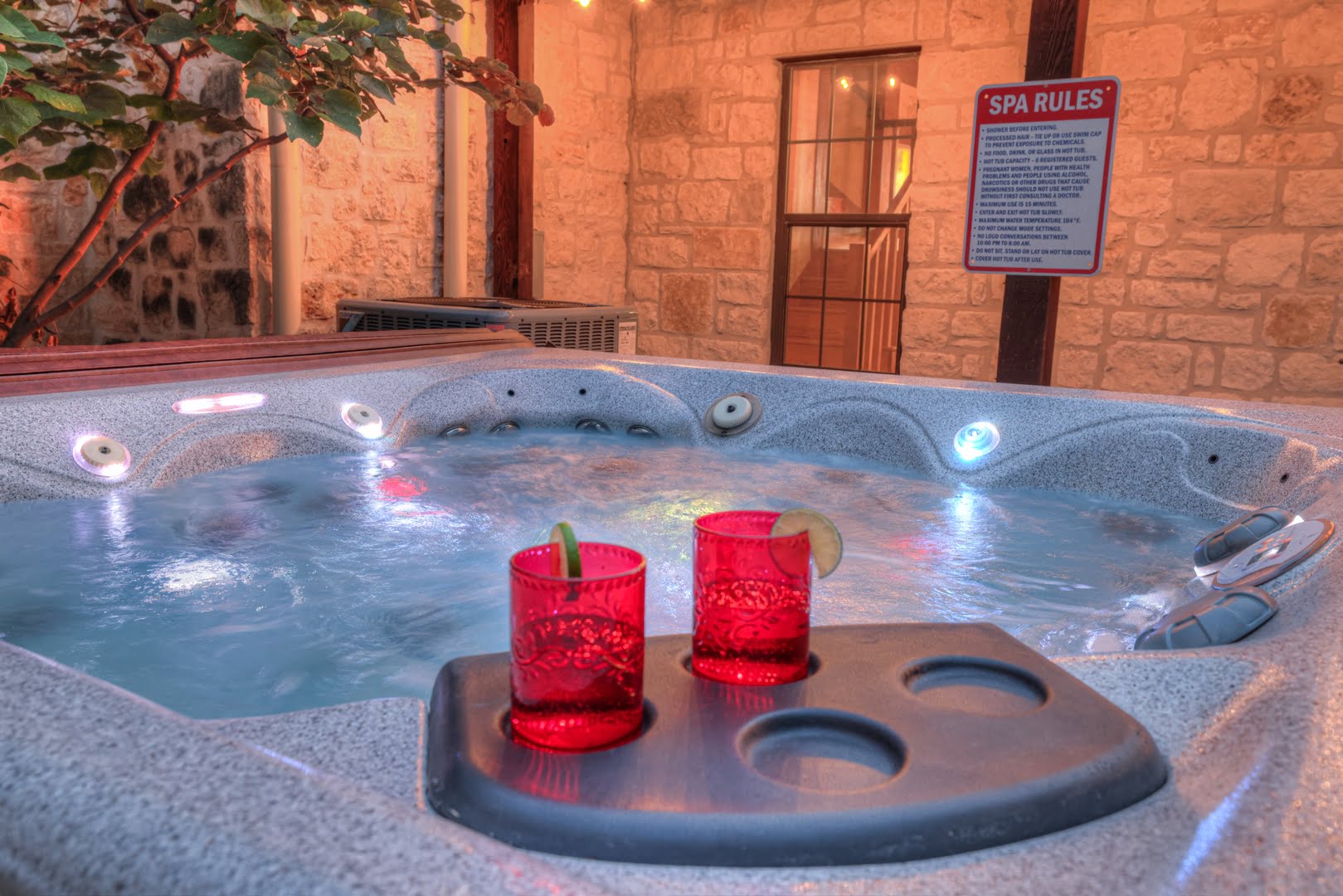
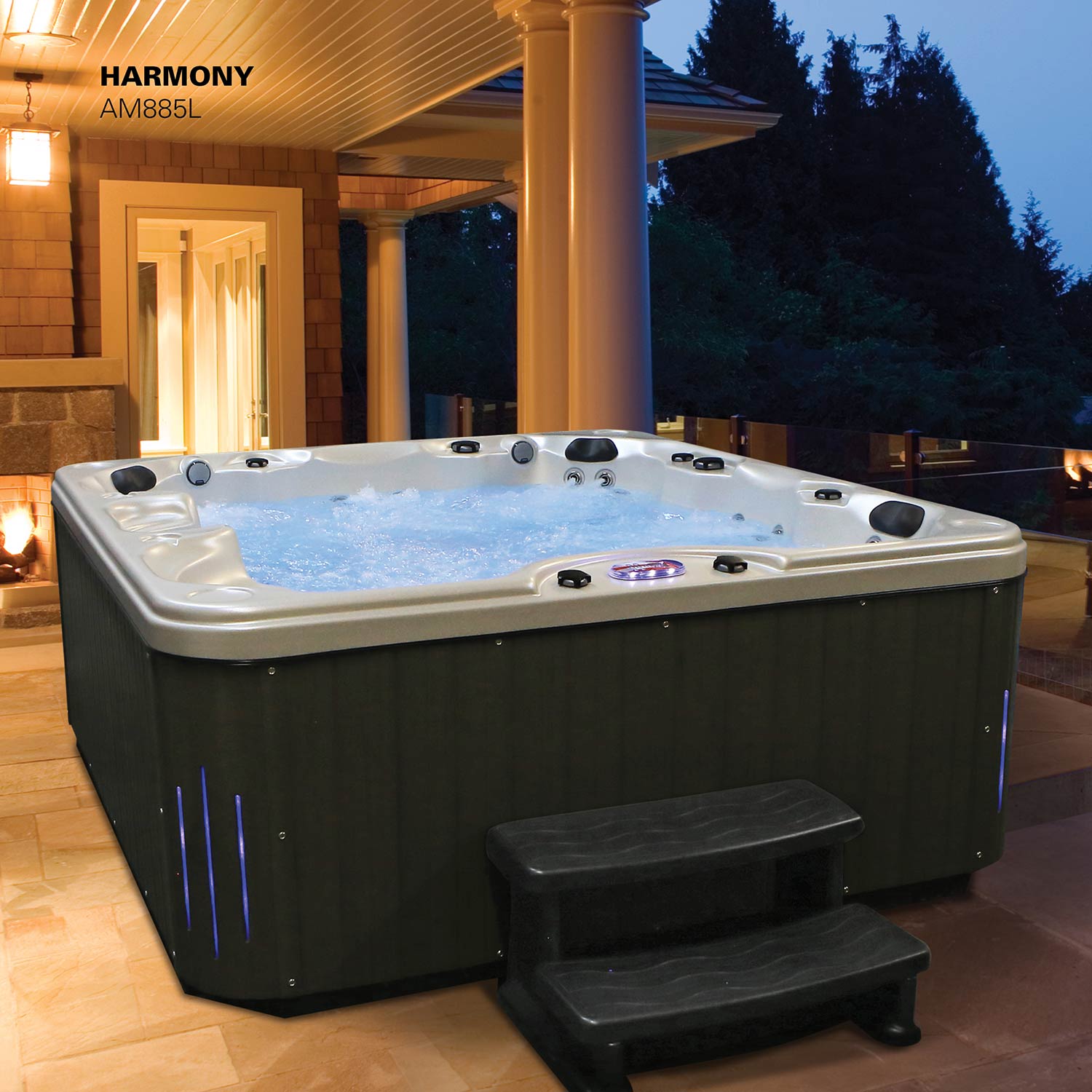
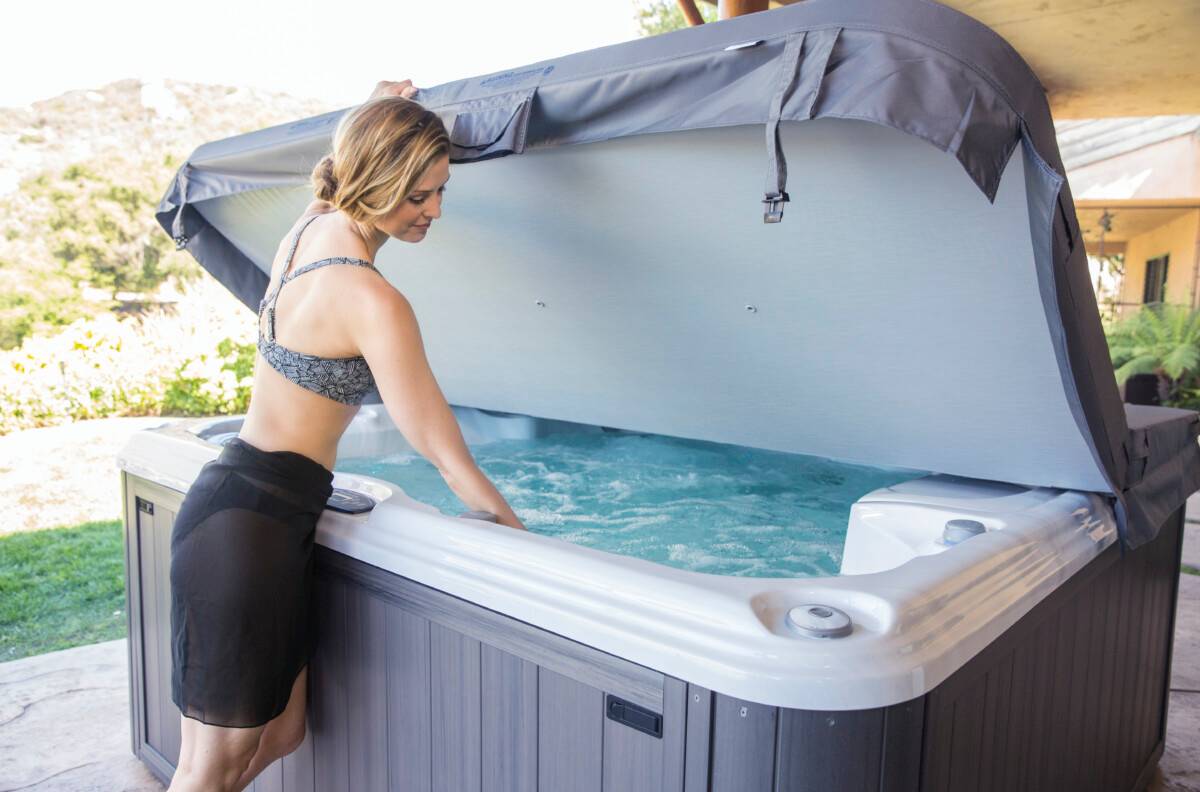
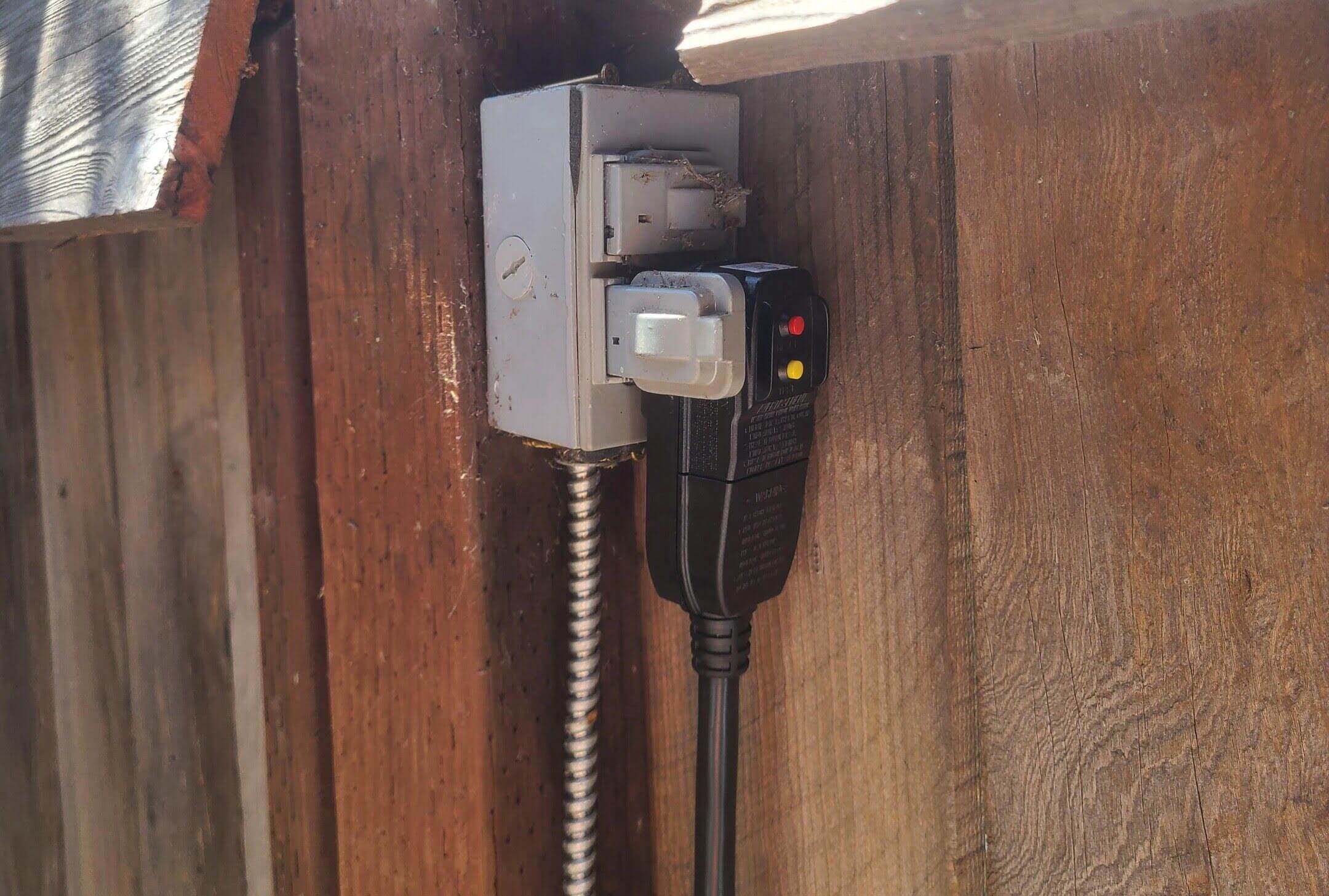
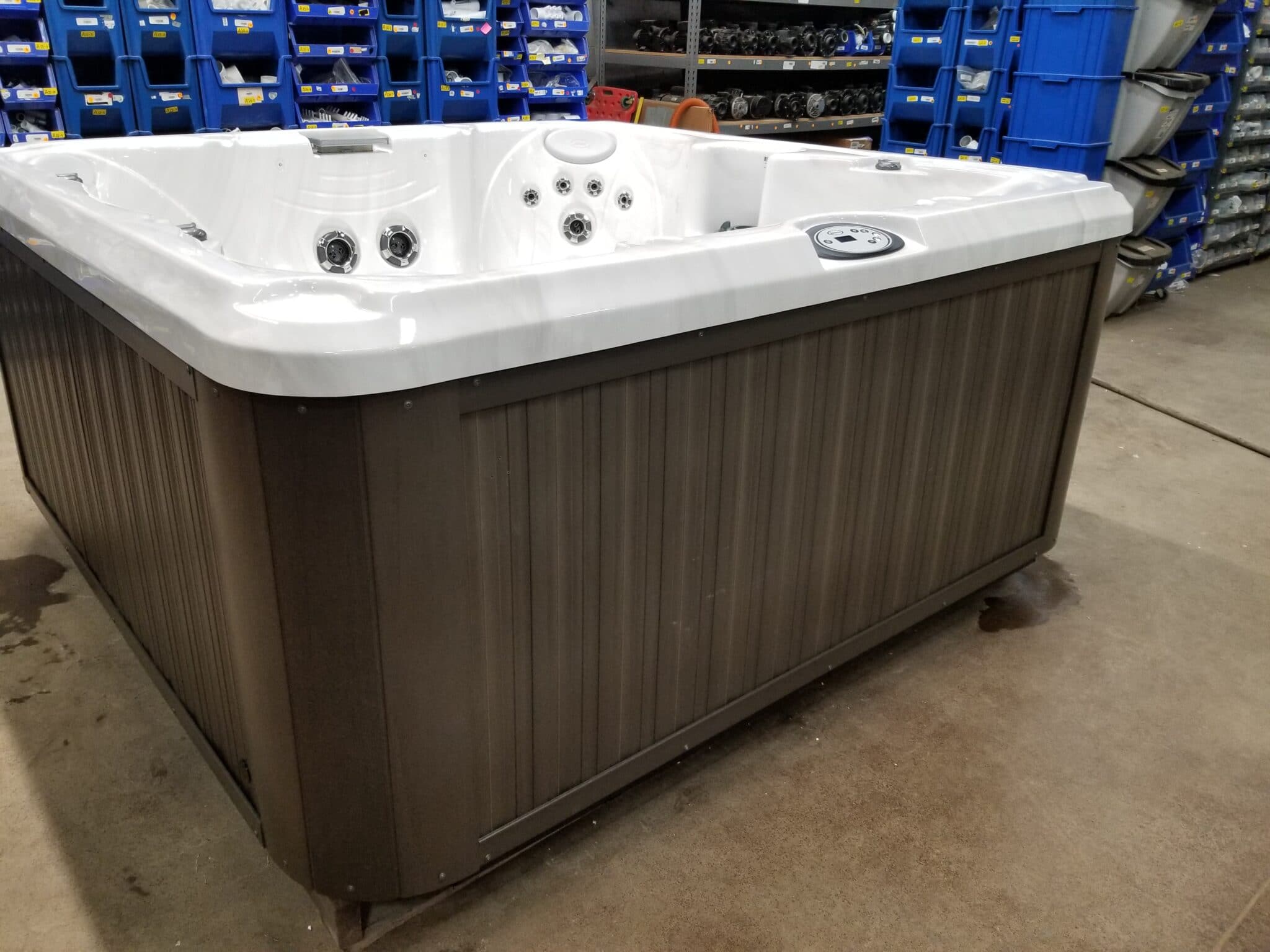
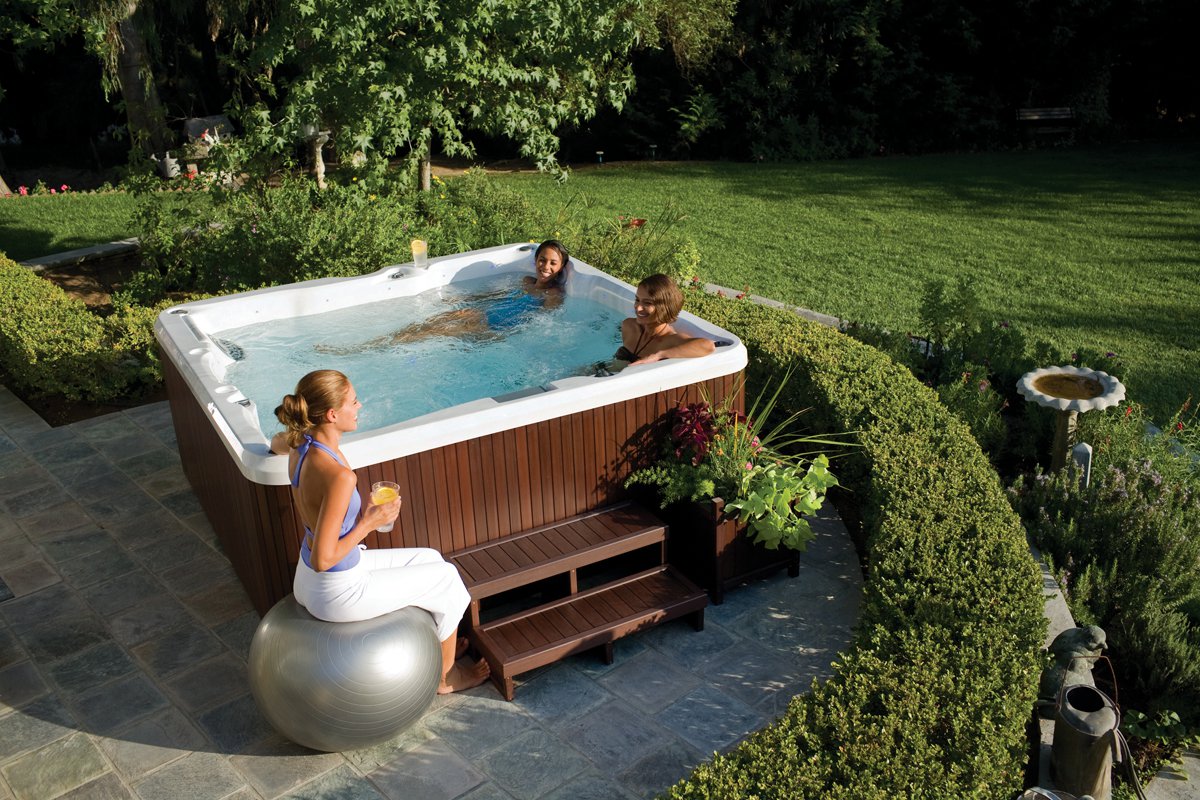
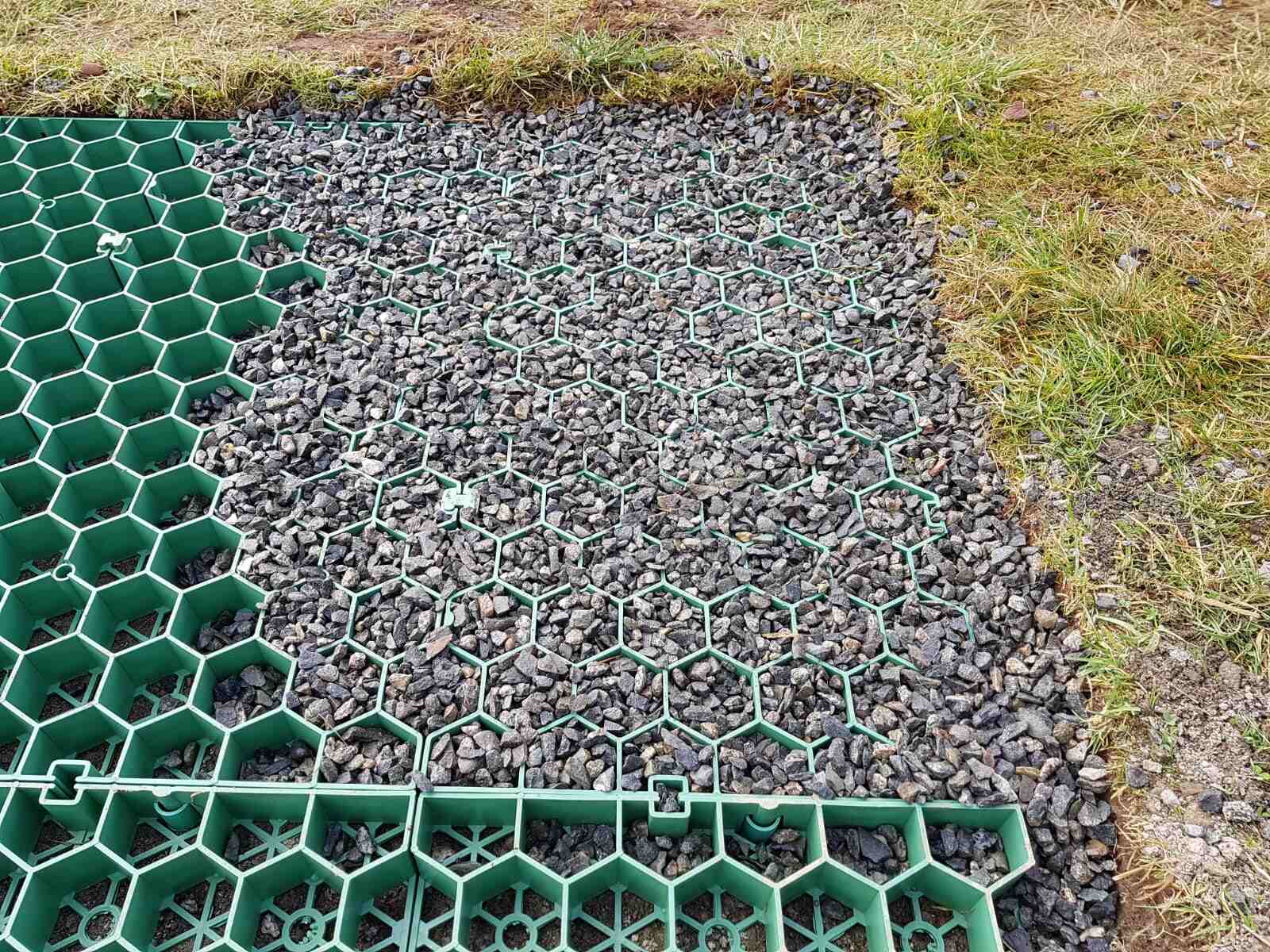
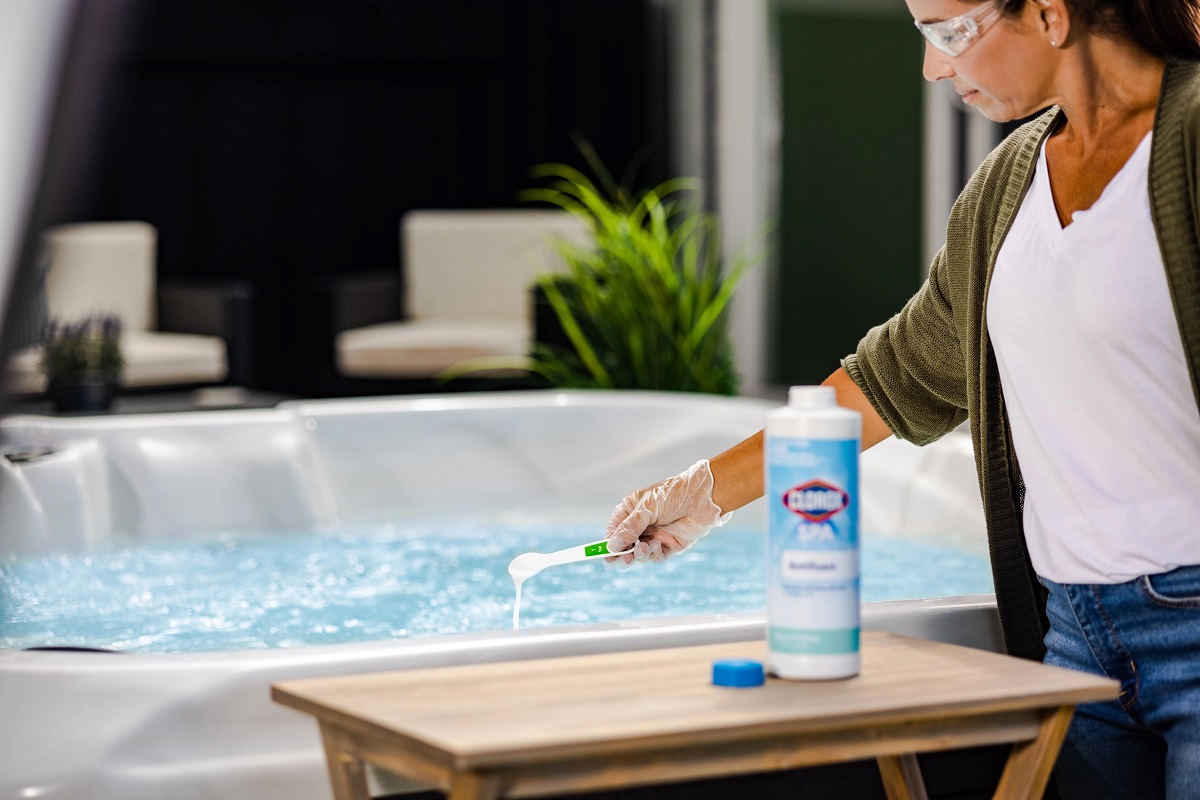

0 thoughts on “How Much Energy Does A Hot Tub Use”